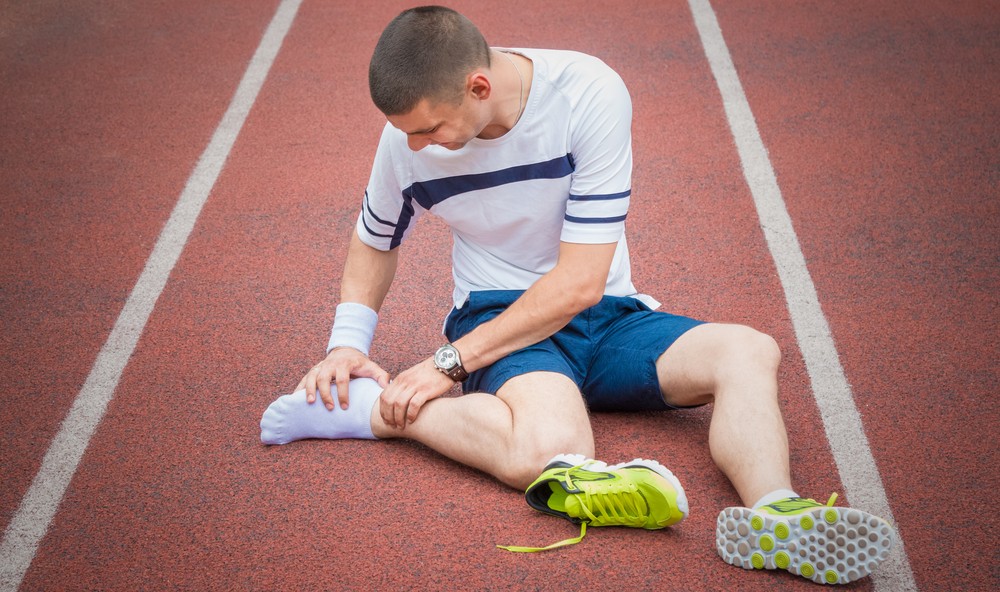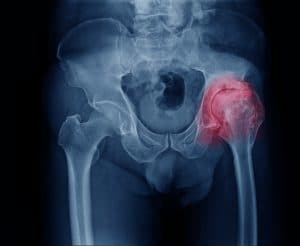
In an ideal world, our bodies can be pushed as far as we want them to in an instance. Unfortunately, in reality, this is not possible. Our bodies aren’t up for instant and demanding physical exertion. We need time to adjust, especially if it is a dramatic change such as changing from sedentary to marathon running. When we don’t allow this time for change is when most running injuries happen.
We see injuries from running all the time at London Bridge Orthopaedics. So we thought we’d share the most common running injuries and what you can do to avoid them.
1) Runner’s Knee
Runner’s knee, also known as patellofemoral pain syndrome, is common in people who run a certain way that adds excessive weight onto the knee. These include runners who take long strides when running and without bending the knee. It causes irritation of the cartilage on the kneecap, also known as the patella. It is usually noticeable after a long run, sitting for too long or going down hills/stairs.
You should not ignore this pain so we recommend that you do not continue to run. If you do, you should rest the following day to allow adequate time for recovery.
To prevent injury, try running with shorter strides and with bent knees to spread the pressure over the leg and not on the knee. Another method to try is running up-hill to reduce the chances of pain – along with the added benefit of working out your glutes.
If you continue to have pain, try knee-friendly exercises such as swimming or elliptical training.
2) Achilles Tendonitis
Most common in women who wear high heels, inexperienced runners that have not built up muscles are particularly at risk of Achilles tendinitis. The Achilles tendon, a muscle that connects the calf muscle to the heel. When it becomes too tight and causes pain and irritation.
This is common for runners who do not allow time to increase their speed/distance. This is important as the injury is caused by the lack of strength in muscle rather than excess usage.
If you find that your heal area is painful then do not run. If you stop and apply ice as soon as the pain starts. The pain should go away after a few days. If you continue then it could become a more permanent problem and have a vastly longer recovery time.
3) Stress Fractures
As mentioned in our previous article regarding fractures, stress fractures are common in many runners. This is especially true for those with low bone density or those who run excessively. Stress fractures are different from acute fractures as they appear as a crack on the bone that doesn’t cross the bone.
An x-ray and CT scan will determine whether pain after running is caused by a stress fracture. If you are diagnosed, it is very unlikely that you will need treatment other than rest. On occasion, to aid in a speedy recovery, you may need a cast to immobilise the area. You should stop all high-impact activities – including running and opt for a low-impact exercise, such as swimming.
Stress fractures are more common in those who started an extreme running routine quickly – such as from a sedentary lifestyle to marathon training.
However, if training is increased progressively over a long duration, then the muscle gained from running is actually protective against stress fractures rather than hindering.
4) Ankle Sprains
The lower limbs are always much more at risk of injury compared to the upper half of the body due to the body’s mechanical structure when moving. Your ankles have to bear the brunt of your weight and movement, which is substantially increased when running.
These are more common in runners who run with the edges of their feet striking the ground or rotate their ankles excessively when they run. These create excessive strain on the muscles and tendons that control the ankle – resulting in a twisted ankle. Normally, a quick rest and rolling the ankles will cure any twisting. But if your ankle muscles are weak, then a twist is more likely and the likelihood of sprains will increase
If a minor sprain occurs it usually can be treated at home using PRICE therapy and is usually resolved within 4-6 weeks. For major sprains (such as severe pain, discolouration or you cannot move the joint), then you should visit a minor injury unit. Here they can assess whether a cast is needed, potential physiotherapy or surgery for extreme cases. However, these are more likely for professional sports people.
To avoid developing a sprain, try strengthening the muscles and tendons around the ankle. Find out a few exercises here.
If you have pain when running or post-run and it still hasn’t resolved in a couple of weeks then contact LBO today.
For more health and orthopaedic news then follow LBO on Facebook, Twitter and LinkedIn.









